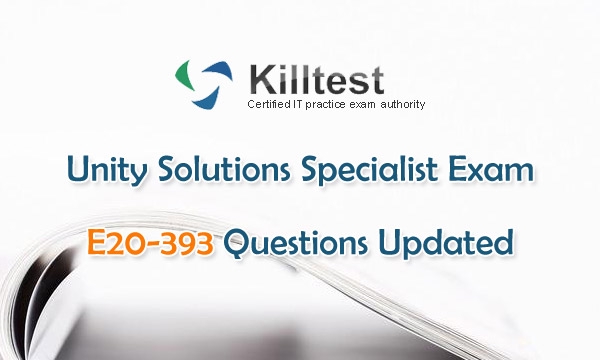
Without that option only the main datastream of files are copied.

The “/stream” option enables the copie of files and directories datastreams. The “/sdd” option forces the target directory’s dates to be synchronized with the source directory’s dates. The “/compress forceall” option forces emcopy to set the compressed attribute on files and directories. The “/compress forcedir” option forces emcopy to set the compressed attribute on directories. The “/compress forcefile” option forces emcopy to set the compressed attribute on files. The “/compress ignore” option forces emcopy to ignore the compress attribute on files and directories. The “/purge” option enables the deletion of the files and directories from the destination tree which do not exist in the source one. The “/cm md5” option enables a file content check after the copy using md5 signatures computed on both source and target files. Content of source and target files are binary compared after the copy or when doing an evaluation of the copy.

The “/cm content” option enables a file content comparaison mode. The “/th n” option specifies the maximum number of thread. The “/w:n” option specifies the time in seconds to wait between two retries. The “/r:n” option specifies the maximum number of retries. The “/z” switch is the restartable mode: the restartable mode is no more supported, usage of this switch doesn’t have any effect. The “/c” switch allows the process to continue after the retries. When differences occur, the properties of both the source and destination files or directory are printed. In that case, the “/o” and “/a” switches are used to specify the owner and the audit properties comparison. Compares also the NT security if the “/secfix or /secforce” option security. The “/l” option evaluates the number of files to copy without to do any file duplication.
EMCOPY FROM A CLOUD ARRAY OFFLINE
The “/ignoredhsm” option forces emcopy to remove any DHSM specific information and to remove the OFFLINE attribute when present. The “/sidmapfile ” specifies a file that contains mapping records to be used for SID translation. In this case, the file content is not copied if any error occurred during the security setting. The “/sd” option is to preserve the security. By default emcopy considers these kinds of directory as regular directories. The “/xjd” option force emcopy to ignore directories that are mount point or DFS link. The “/de” option provides to copy the source file when its last modification time is not equal to the destination file’s modification time or when files size are differents. The “/d” option provides to copy only source files which have the LAST MODIFICATION time greater than the existing target copy. The “/lev:n” sets the depth level of scanned directories. The “/s” option enables the copy of the subdirectories. The “/create” creates 0 file length rather than copy the data. To avoid security replication error on the dextination server, it is possible to remove this type of user in the copied properties. By definition, local users are only unknown for the NT server or worktstation where they are created. The “/i” option is useful to ignore security entries with local users. Without this option, local user entries are ignored. The “/lu” option enables the copy of local user security entries. Without this option, local group entries are ignored. The “/lg” option enables the copy of local group security entries. In that mode security information is derived from the security information of the target directory when it exists or from the security information of its parent directory. The “/hda ” option enables the homedir migration mode. When destination object exists, security from source overwrite the destination security.
EMCOPY FROM A CLOUD ARRAY UPDATE
The “/secforce” option enables to force update of the NT security properties even if the destination file or directory already exists. When destination object exits, security from source is merged with security from destination. The “/secfix” option enables to update of the NT security properties even if the destination file or directory already exists. The “Manage Auditing” privilege must also be granted by the user account. The “/a” option enables the copy of auditing information’s. Without this option, the account used for the copy will be the owner of the copied files and directories. The “/o” option enables the copy of a file’s owner. This option takes priority on the “/o”, “/a”, “/lg”, “/i” options. By default, discretionary access control-lists are replicated on the created file or directory.

The “/nosec” option disables the copy of the NT security properties of the file or the directory. …] …] …]Įxplanation of the switches where copied from emcopy version 4.17 (which is the latest copy available at the time of this post)


 0 kommentar(er)
0 kommentar(er)
